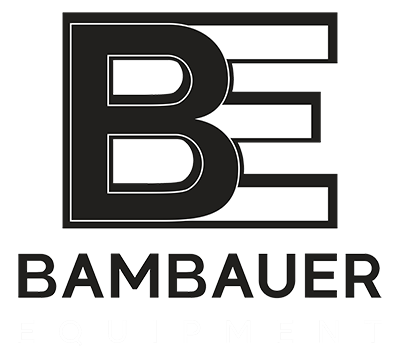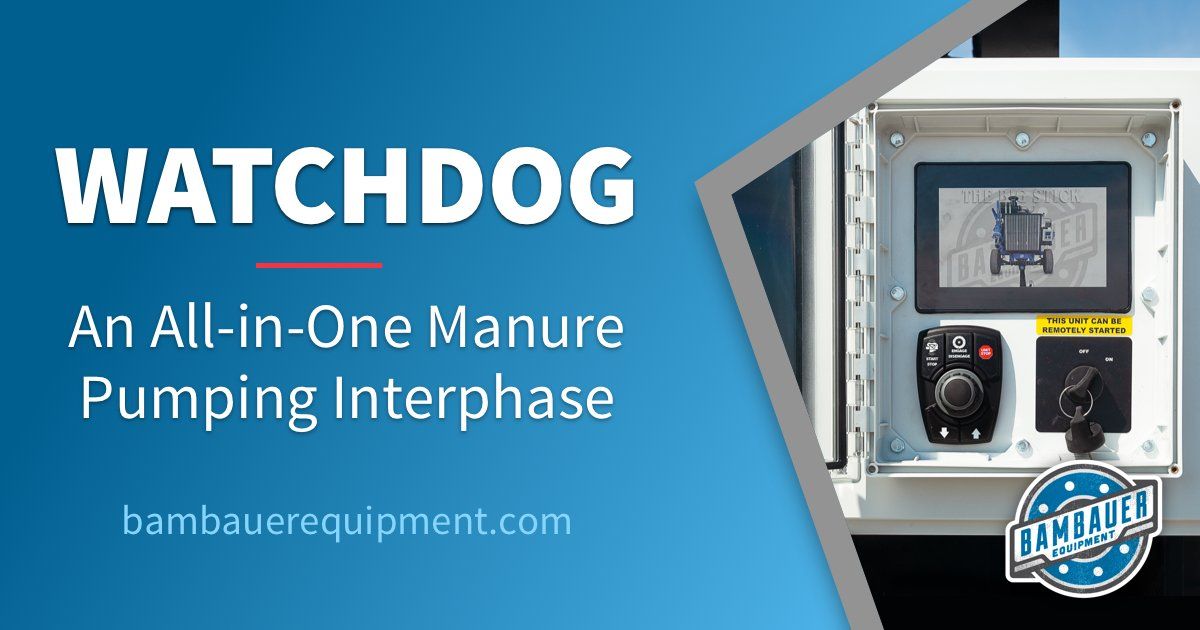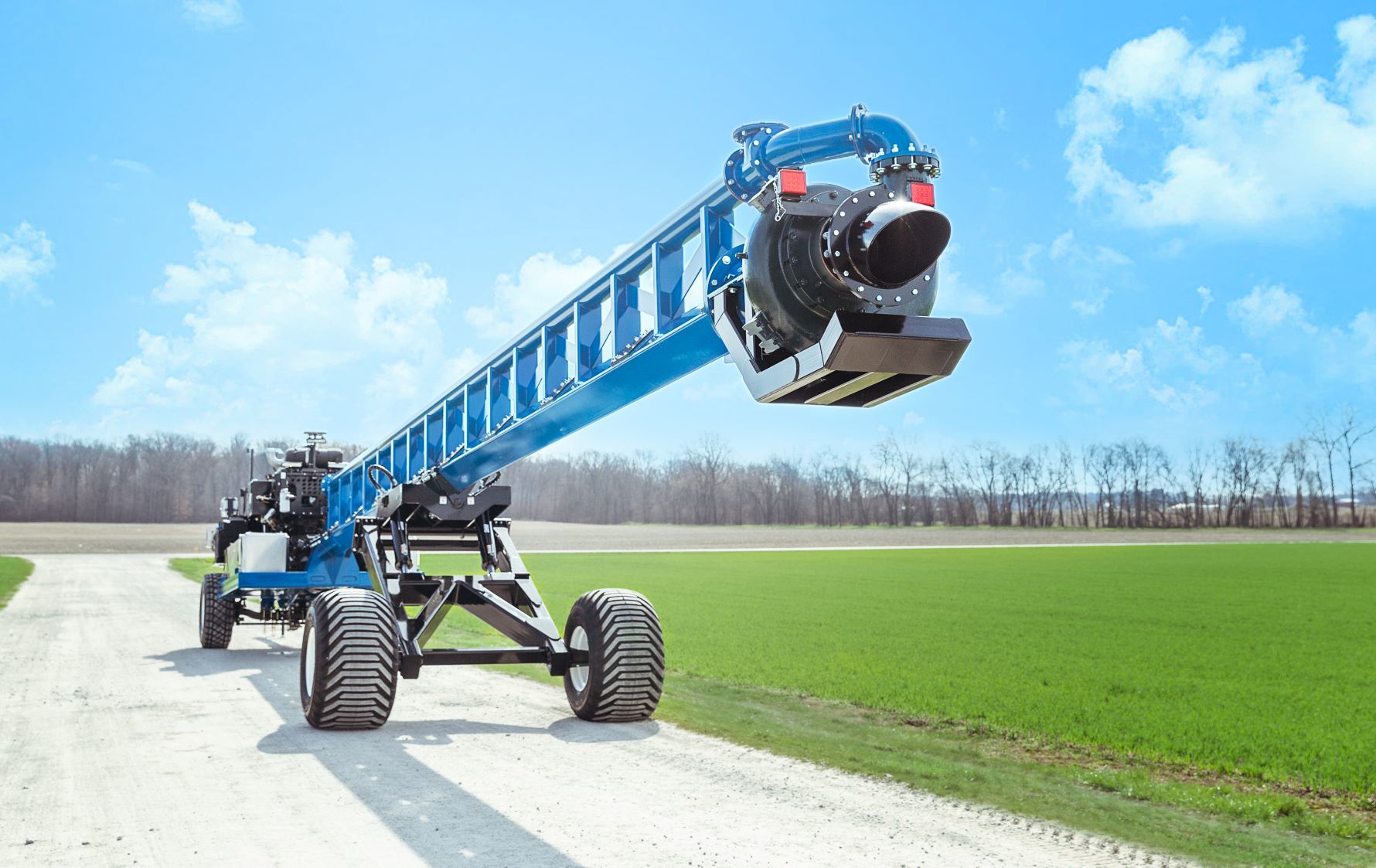Technological Advancements in Manure Spreading
Long gone are the days of sprinting out to a pump to frantically shut it off as you rack up spillage. With apps like Watchdog, you can see the pressure changes all in place and will be alerted if any major fluctuations occur. With the app’s smart stabilization ability, Watchdog can even navigate and regulate pump pressure by itself with its cruise control feature. Furthermore, Watchdog tracks mechanical information as well and will alert the user of malfunctions. It can also safely turn off pumps with gradual pressure changes to minimize spillage and maintenance costs. Since the “brains” of the system is located on-board along with all the sensors, the pump can still protect itself even when there isn’t a data connection.
This technology truly takes this once tedious process to the next level, far removed from the olden days of carting and spreading manure manually. Besides ensuring a quicker and more hassle-free experience, the Watchdog system also saves operators money due to spillage and additional labor costs. Watchdog also makes the pumping process more accessible to newcomers who lack dragline experience in manure pump operation.
Whether you know exactly what settings you want to run and need control and customizability, or you’re just starting out and need things to run smoothly with the help of a cruise control feature, Watchdog can only serve to help farmers to optimize their farming practices, while cutting down on the costs, time, and stress of getting your field the nourishment that it needs. If you’re in the market for a new dragline system or an update to your current dragline system (Watchdog can be retro-fit onto existing units), seriously check out what apps like Watchdog have to offer. Once you get your hands on such centralized efficiency, it’ll be tough to go back.
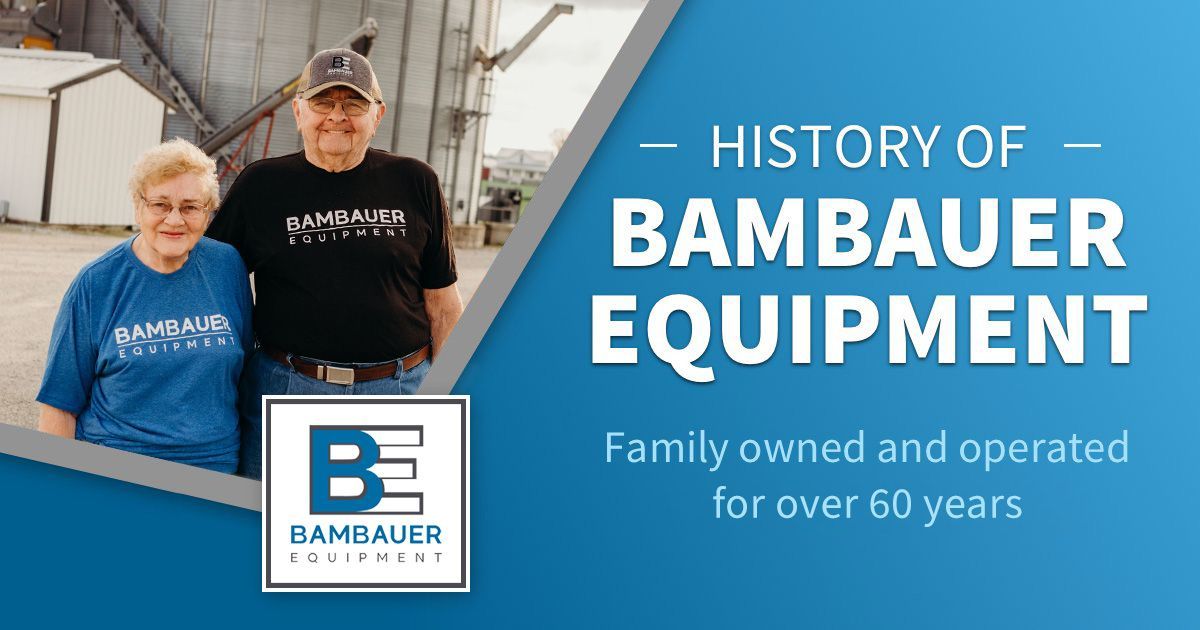
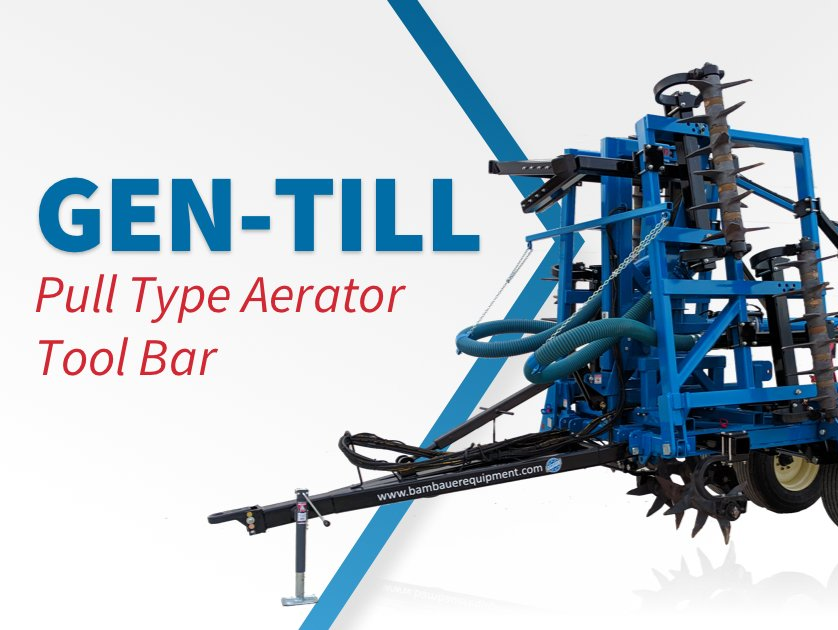
© BAMBAUER EQUIPMENT LLC. ALL RIGHTS RESERVED. 419-753-2275 Site by: Midnet Media
